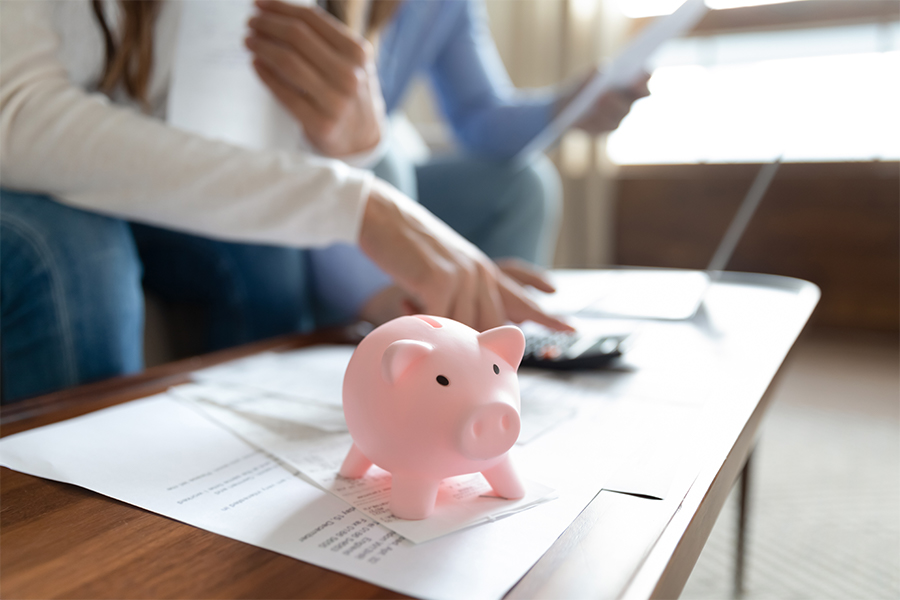Financial stability means different things to everyone. For some, maybe it means having enough money to cover bills and unexpected expenses. For others, maybe it means having a retirement fund. No matter what it means to you, here are five things you can do to create financial stability:
1. Track how you spend your money. Keep track of your spending for 2 months. Include bills and regular expenses, plus anything else you spend money on. And don’t judge yourself. You can use this information to set new goals and make a plan, so keep track of everything.
2. Learn more about budgeting and financial planning. Lots of communities have classes that are free or don’t cost much, and some may be available online, and don’t forget about your local library. Many libraries have educational materials you can borrow for free.
3. Make a plan to help you reach your goals. It’s important your plan is realistic and that you can commit to it for the long run. Sure, cutting your spending in half will help you save money faster. But it might make you miserable, and you probably won’t want to keep it up. Think about small changes you can make that you’ll be able to stick with over time.
4. Automate your savings. Now, most of us have heard about the benefits of starting a savings account, but sometimes it can be tempting to spend extra money instead of saving it. Setting up an automatic transfer from your checking account to your savings account removes that temptation. Get started by setting up an account at a bank, either online or in person. From there you can decide how much you want to have transferred to your savings each month.
5. Be patient. While some goals may come easy, it may take years for you to reach some of your biggest goals., and that’s okay. Keep it up, and you’ll get there. Try not to get discouraged along the way. What’s important is to make a plan and stick with it over time. It may help if you set limits on how often you check your financial statements, and you might also try focusing on small milestones along the way, like paying off a big bill. Remember, setting yourself up for financial stability takes time and patience. Keep at it, and with each day you’ll be a little closer to reaching your goals.









